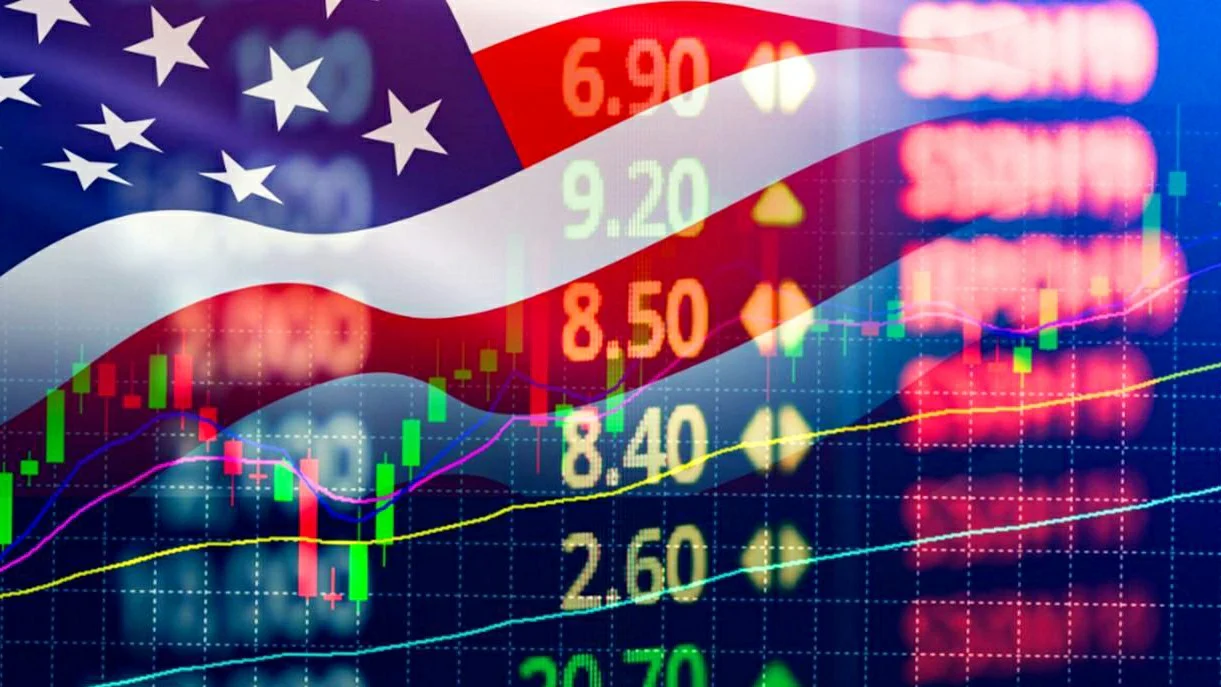American Investors Anticipate Dual the Yield Consultants Estimate
US Investors Expect Twice the Return Advisors Project

American investors perceive their portfolios as poised to yield returns surpassing twofold the deemed realistic expectations of financial advisors, as indicated by a recent survey.
Key TakeAway
- Investors anticipate annual returns of 15.6%, surpassing twofold the 7% recommended by financial experts.
- The disparity between advisors' and investors' expectations for American markets exceeds the global norm by more than double.
- Investors disregarded the downturns of 2022, with 59% expressing comfort in assuming additional risk, while 44% acknowledged that they might be assuming excessive risk.
The 2023 Natixis Investment Managers Survey of Individual Investors unveiled that American investors harbor impractical expectations, firmly convinced that their investments can yield a long-term return of 15.6%, a significant margin above the 7% returns projected by financial advisors.
Not only do Americans' expectations for investment returns surpass the counsel of financial professionals, but they also surpass the global average. The worldwide survey revealed that globally, investors set their expectations 42% higher than what financial advisors anticipate, whereas Americans' expectations soar 123% beyond what their advisors consider realistic.
Simultaneously, they have failed to adapt their risk tolerance to adapt to evolving conditions that are likely to be triggered by higher interest rates.
Returns Diminishing, Yet Risk Persists
During the period spanning 2012 to 2021, the S&P 500 yielded a mean yearly return of 16.5%, only to conclude the market with losses in 2022. Remarkably, 86% of participants regarded 2022 as a pivotal moment of realization. However, investors have not recalibrated their risk tolerance levels, as 59% affirmed their ease in embracing further risk, while 44% acknowledged surpassing their optimal risk threshold.
"The economic terrain has transitioned from a state of subdued inflation, low interest rates, and limited disparities to an environment marked by heightened inflation, escalating rates, and amplified divergences," elucidated Dave Goodsell, the director of the Natixis Center for Investor Insights, within the research. "The market indicates decelerated growth and augmented risk, yet investors have failed to substantially recalibrate their return projections or reevaluate the genuine sources of risk."
Investors Misinterpret Rates, Misjudge Risks
A striking concern highlighted in the survey was the apparent lack of understanding among investors regarding the current economic landscape. Out of the participants, 56% claimed to comprehend the repercussions of rising rates on bonds; however, when probed further, only 3% accurately recognized that prevailing bond values typically decline while future income potential increases. The most prevalent response, chosen by 37%, was "I don't know."
The study revealed a disparity in risk perception between investors and financial advisors, with investors failing to consider their goals adequately. While only 9% of investors defined risk as the failure to meet their financial objectives, three times that number of financial advisors offered the same response. Exposure to market volatility was identified as the definition of risk by 29% of investors, followed by 23% associating risk with asset losses, and 18% stating that risk implies underperforming market benchmarks.